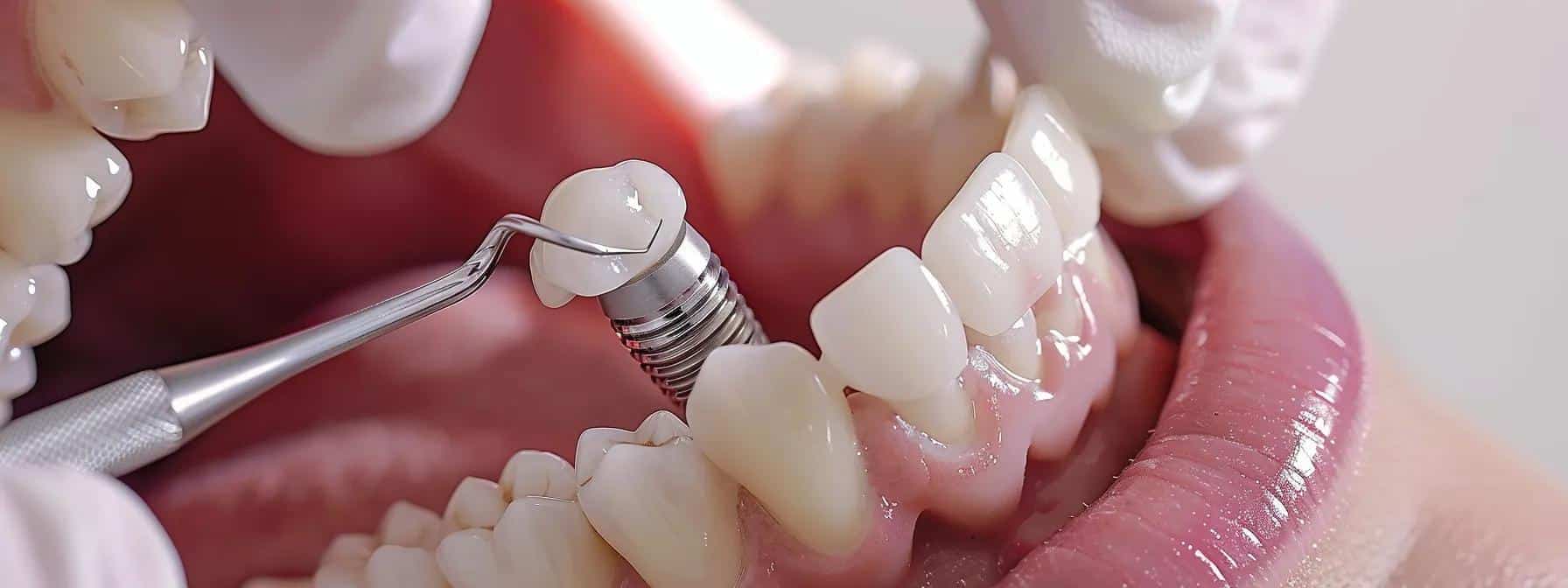
Tooth loss can occur for various reasons, including injury, decay, or gum disease. When a tooth is lost, it can affect a person’s ability to chew, speak, and smile. Dental implants present a path for tooth replacement, offering a structure that integrates with the jawbone. This approach provides a foundation for replacement teeth that are designed to look, feel, and function like natural teeth.
What Are Dental Implants?
Dental implants are small, screw-like posts, typically made of titanium, that serve as a replacement for the root of a missing tooth. This post is surgically placed into the jawbone beneath the gum line. Once the implant is in place and has properly fused with the bone, a process known as osseointegration, it acts as a sturdy anchor for a replacement tooth.
What Does the Process Involve?
The dental implant process is a multi-stage procedure that typically occurs over several appointments. The journey begins with a comprehensive dental evaluation, which includes dental X-rays and 3D imaging to assess the health of your jawbone and determine the precise placement for the implant. This initial consultation allows a dental professional to develop a personalized treatment plan.
The first surgical step is the placement of the titanium implant into the jawbone. After this procedure, a healing period is required. During this time, the implant fuses with the jawbone. This osseointegration process is what creates a strong and stable base for the new tooth. A temporary tooth replacement may be worn over the area during healing.
Once osseointegration is complete, a second minor procedure is performed to place the abutment. The abutment is the connector piece that will hold the final crown. To place it, the gum tissue is opened to expose the implant, the abutment is attached, and the gum tissue is closed around it but not over it. After the gums heal for a couple of weeks, impressions of your mouth are taken. These impressions are used to create the custom crown. In the final step, the crown is securely attached to the abutment, completing the restoration.
What Are the Long-Term Benefits?
Dental implants offer several lasting advantages because they are designed to mimic a natural tooth structure. When a tooth is lost, the underlying bone may begin to deteriorate due to a lack of stimulation. Implants can provide the stimulation needed to maintain bone density.
From a functional standpoint, implants provide stability for chewing and speaking. Since they are anchored in the jawbone, they do not slip or shift in the mouth, which can sometimes be a concern with removable dentures. This stability allows individuals to eat with comfort and speak without the worry of prosthetics moving out of place. This restored function closely mirrors that of natural teeth.
With proper care, dental implants are a durable tooth replacement solution. The titanium post is resistant to decay, and the materials used for the crown are also robust. Maintaining good oral hygiene is necessary for the health of the surrounding gums and the longevity of the implant. This helps to protect the integrity of the overall dental structure.
Confer With a Dental Expert
A consultation with a qualified dental professional provides the opportunity to explore all available options. During such a meeting, a specialist can conduct a thorough examination of your oral and medical history, assess bone structure through advanced imaging, and discuss the specifics of each potential treatment path. This dialogue allows for a deeper understanding of the procedures, timelines, and outcomes associated with dental implants and other restorative solutions.
